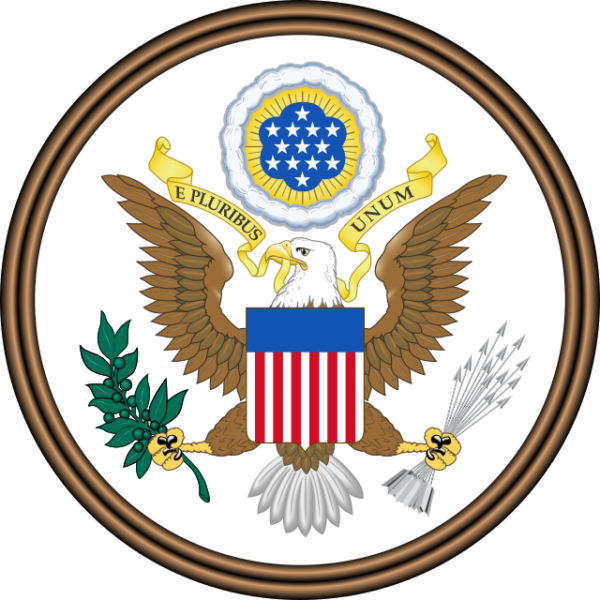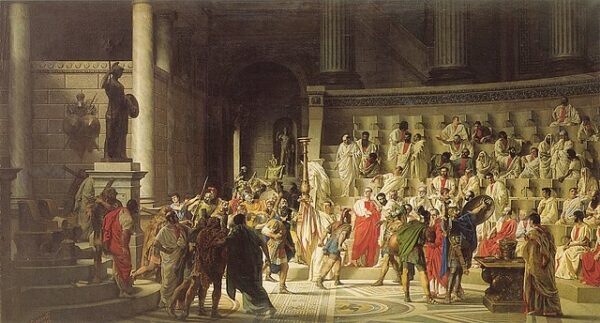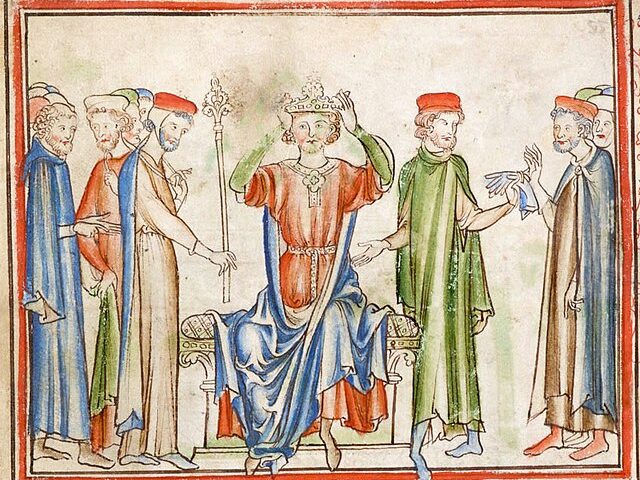The Great Seal of the United States is a symbol of national identity and sovereignty, representing the federal government’s authority and the country’s principles. Its history dates back to the earliest days of the American republic. The Seal’s development began on July 4, 1776, the very day the Declaration of Independence was adopted.
On that historic day, the Continental Congress appointed a committee consisting of Benjamin Franklin, John Adams, and Thomas Jefferson to design a national seal. Each member proposed ideas reflecting their visions for the new nation. However, their initial proposals were considered too complex or unsuitable, and the task was referred to several subsequent committees over the next six years.
The Seal’s final design, adopted on June 20, 1782, was largely the work of Charles Thomson, the Secretary of the Continental Congress, and William Barton, a heraldry expert. Thomson combined elements from earlier designs to create a powerful symbol of the United States. The obverse (front) of the Seal features the iconic bald eagle clutching an olive branch in one talon and thirteen arrows in the other, symbolizing a preference for peace but readiness for war. The eagle’s beak holds a banner with the motto “E Pluribus Unum” (“Out of Many, One”), representing the union of the states.
Above the eagle, there is a constellation of thirteen stars, signifying the original thirteen states, enclosed within a cloud. This symbolizes the emergence of a new nation from the darkness and confusion that preceded independence. The reverse side of the Seal, less commonly used, depicts an unfinished pyramid with thirteen steps, topped by an eye within a triangle. The pyramid symbolizes strength and endurance, and the eye represents divine providence. The motto “Annuit Coeptis” (“He [God] has favored our undertakings”) underscores the founders’ belief in a higher power guiding the nation’s destiny. Below the pyramid, the phrase “Novus Ordo Seclorum” (“New Order of the Ages”) reflects the revolutionary nature of the American experiment in self-government.
Throughout its history, the Great Seal has remained a potent symbol of American ideals and authority. It appears on various official documents, including treaties, commissions, and presidential proclamations. The Seal is also prominently displayed on the reverse of the one-dollar bill, reinforcing its presence in the daily lives of Americans.
The adoption of the Great Seal was a foundational step in the nation’s development, providing a unifying symbol that encapsulates the principles and aspirations of the United States. Its imagery continues to resonate with the values of unity, strength, and divine guidance that the founders intended to convey. Over the centuries, the Great Seal has become an enduring emblem of the country’s heritage and its ongoing journey towards a more perfect union.






